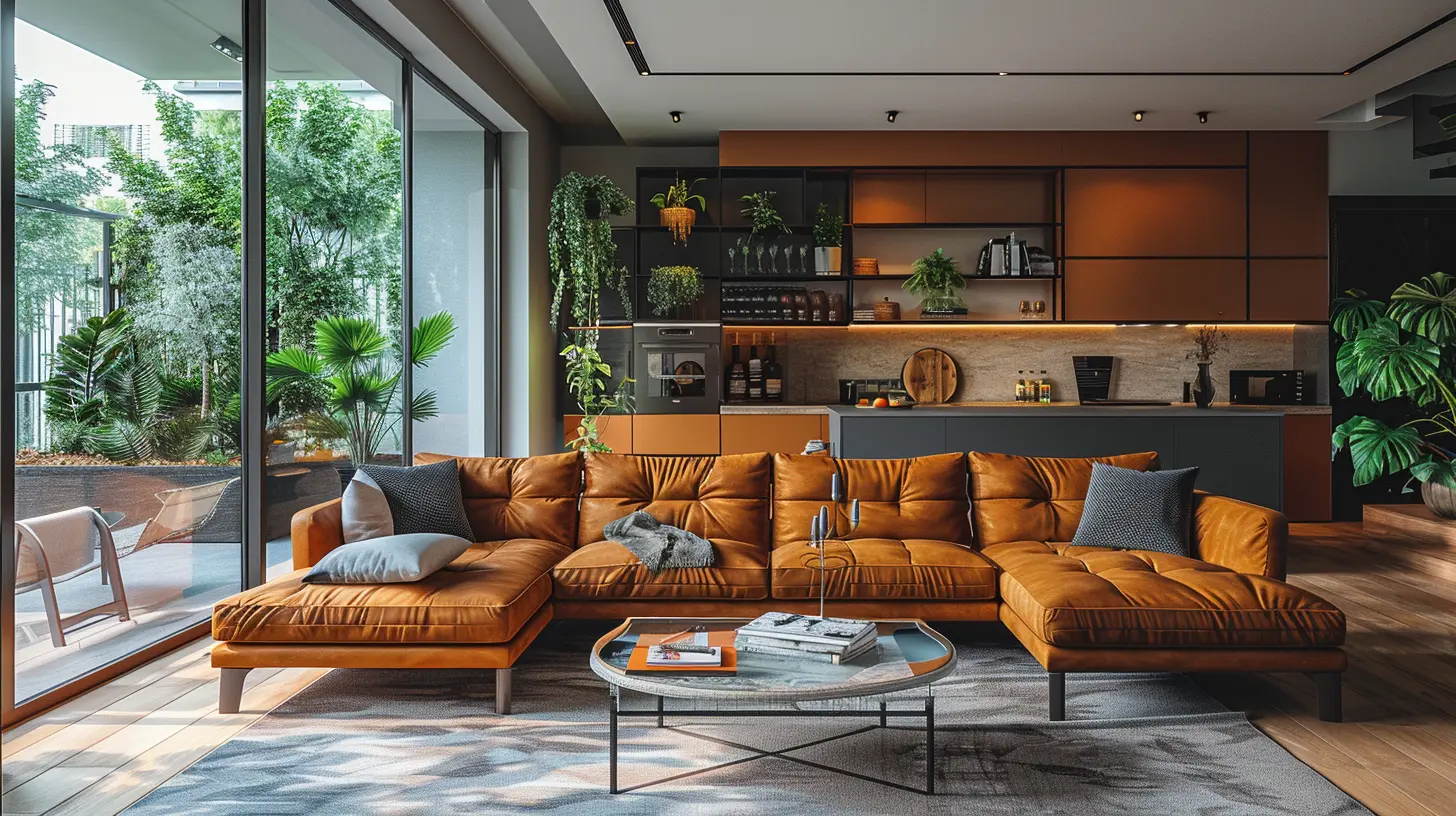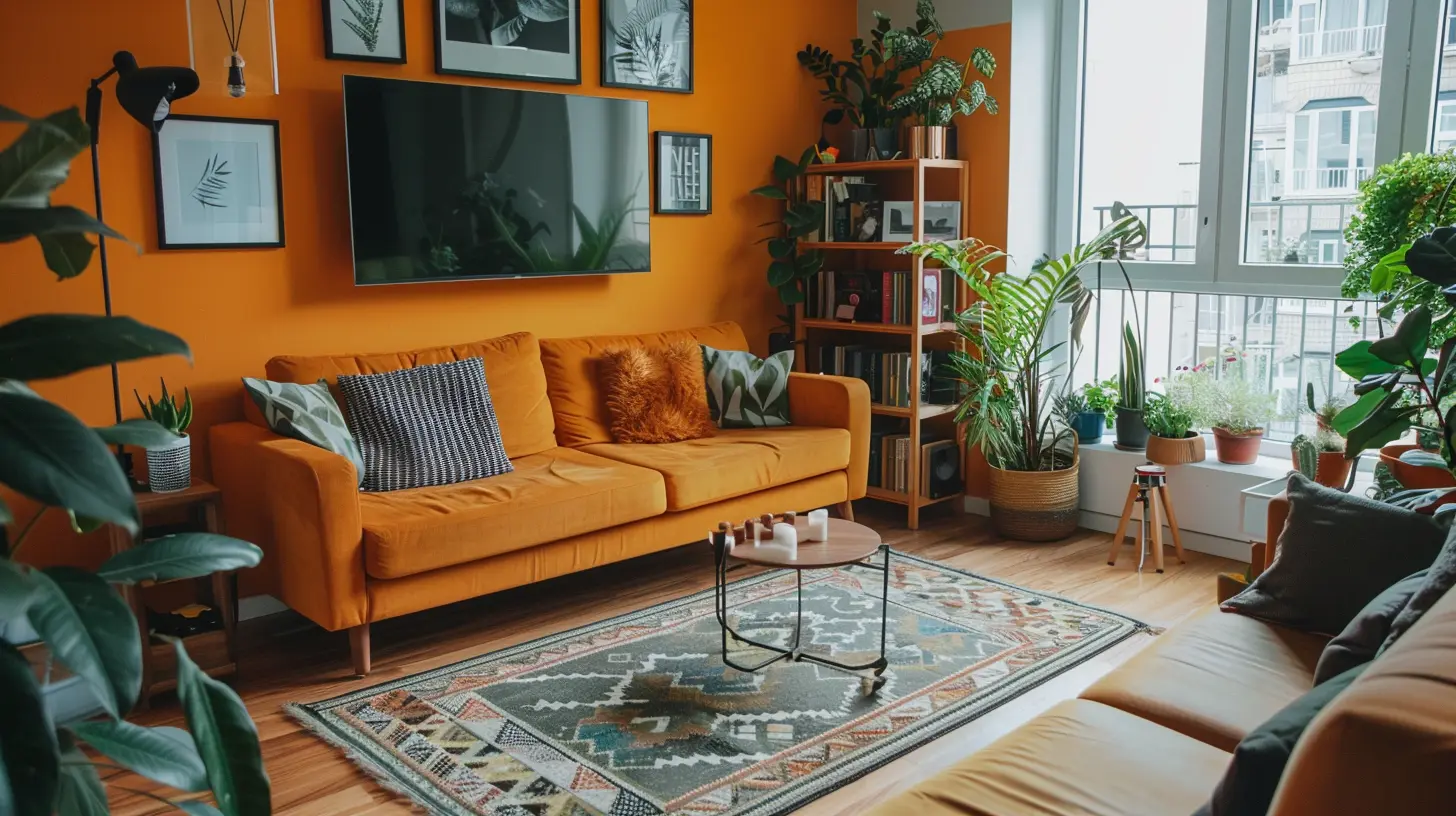The Future of Co-Living Spaces: A Real Estate Trend to Watch
30 September 2025
The way we live is evolving. The traditional concept of homeownership and renting is getting a modern upgrade, and co-living spaces are at the heart of this transformation. Forget cramped city apartments with sky-high rents—co-living is redefining urban living.
But what exactly is co-living? And why is it becoming one of the hottest trends in real estate? Let's dive in.

What Are Co-Living Spaces?
Think of co-living as the Airbnb of long-term housing. It's a modern take on shared living, where residents—often young professionals, digital nomads, or students—rent private rooms but share common areas like kitchens, lounges, and workspaces.It's not just about splitting rent; it's about fostering a sense of community. In a world where loneliness is an epidemic, co-living offers a built-in social network.

Why Is Co-Living Gaining Popularity?
The real estate market is changing, and co-living spaces are filling a major gap. Here’s why they’re taking off:1. Affordability in Expensive Cities
Let's be real—housing prices are ridiculous in many urban centers. Co-living offers an affordable alternative, giving tenants access to prime locations without the financial burden of a traditional lease. Utilities, cleaning, and amenities are often included, making budgeting simple.2. The Rise of Remote Work and Digital Nomadism
With more people working remotely, flexibility is key. Co-living spaces cater to digital nomads and remote workers by offering fully furnished accommodations with high-speed internet and co-working spaces—perfect for productivity.3. Community Over Isolation
Living alone in a big city can feel isolating. Co-living fosters a sense of belonging by bringing like-minded individuals together. From communal dinners to group activities, the setup encourages social interaction and networking.4. Hassle-Free Living
Forget furniture shopping, utility setup, or house maintenance. Co-living spaces come fully furnished with all-inclusive pricing, so tenants can move in with just a suitcase. It’s convenience at its finest.5. Sustainability and Shared Resources
As sustainability becomes a priority, co-living promotes a more eco-friendly lifestyle. Shared resources mean lower energy consumption, less waste, and a smaller carbon footprint.
The Impact of Co-Living on Real Estate
It’s not just tenants benefiting from the co-living model—investors and real estate developers are paying attention too.1. Higher Rental Yields for Investors
Real estate investors love high occupancy rates and steady rental income—and co-living delivers both. By renting out multiple private rooms instead of a single unit, landlords maximize their earnings.2. A Shift in Development Trends
Developers are now designing buildings specifically for co-living. These properties include shared kitchens, entertainment areas, and workspaces, catering to the growing demand for communal living.3. Reduced Vacancy Rates
Co-living spaces attract a steady stream of tenants, especially in cities where housing demand outpaces supply. With flexible leases and a built-in community, there’s rarely an empty room.
Challenges Facing Co-Living Spaces
Of course, no trend is without its hurdles. Co-living faces a few challenges that could impact its future growth.1. Regulatory Uncertainty
Many cities still lack clear regulations for co-living spaces. Zoning laws, tenant rights, and rental policies need to evolve to accommodate this modern housing model.2. Privacy Concerns
For some, sharing common spaces with strangers can be a deal-breaker. While private rooms offer personal space, the communal aspect isn’t for everyone.3. Market Saturation Risks
As co-living becomes more popular, oversupply could become an issue in certain markets. Developers need to balance demand with quality offerings.The Future of Co-Living: What’s Next?
Co-living isn’t just a passing trend—it’s shaping the future of urban living. Here’s what we can expect:1. Smart Tech Integration
From keyless entry to AI-powered home management, co-living spaces will continue embracing technology to enhance convenience and security.2. Expansion to New Demographics
While co-living currently appeals to young professionals, we may see new models designed for families, retirees, and even senior communities.3. Hybrid Co-Living and Co-Working Spaces
With remote work becoming the norm, future co-living spaces will likely merge living and working environments, offering flexible office setups within residential communities.4. Global Co-Living Networks
Imagine a membership that grants you access to co-living spaces worldwide. As the industry grows, networks of co-living properties could emerge, allowing seamless relocation across cities and countries.
Conclusion
The rise of co-living spaces is more than just a trend—it’s a response to changing lifestyles, economic realities, and the need for community. Whether you’re a tenant looking for affordable, hassle-free housing or an investor seeking high returns, co-living offers a compelling opportunity.As urbanization continues and work patterns shift, co-living is set to redefine the way we think about home. This isn’t just the future of real estate; it’s the future of living itself.
all images in this post were generated using AI tools
Category:
Real Estate ForecastAuthor:

Melanie Kirkland
Discussion
rate this article
1 comments
Sabina Alvarez
Co-living spaces are like the cozy coffee shops of real estate—inviting, trendy, and full of potential! Embrace this exciting shift, and get ready to see vibrant communities blossoming. The future looks bright and communal!
October 9, 2025 at 11:47 AM

Melanie Kirkland
Thank you for your thoughtful perspective! I completely agree—co-living spaces are indeed transforming communities and fostering a sense of belonging. Exciting times ahead!


